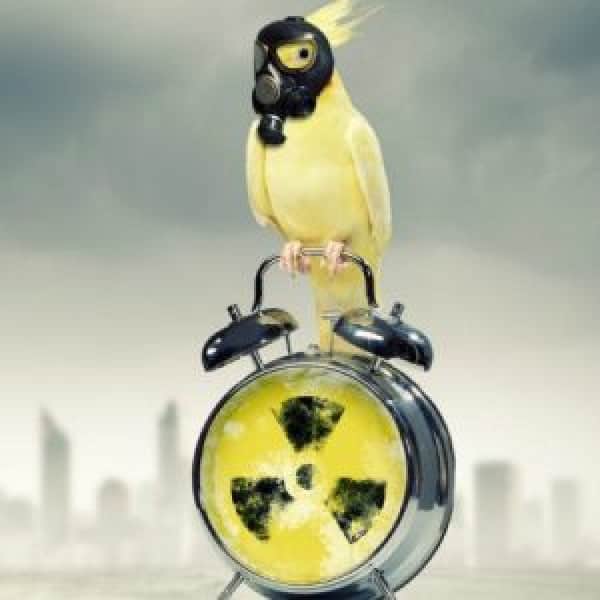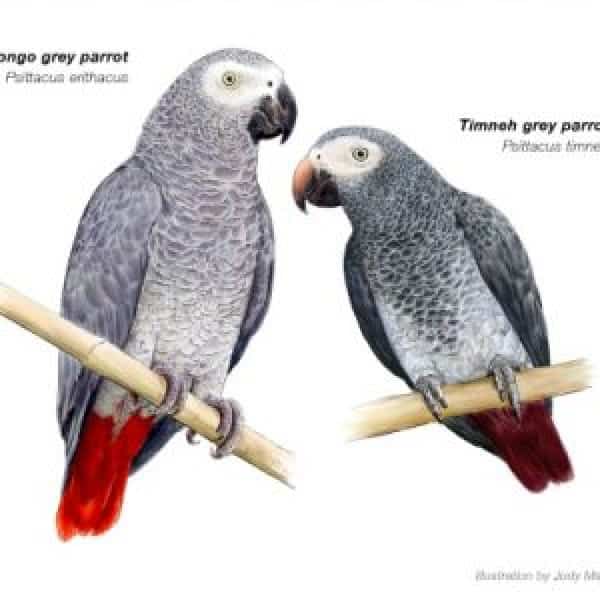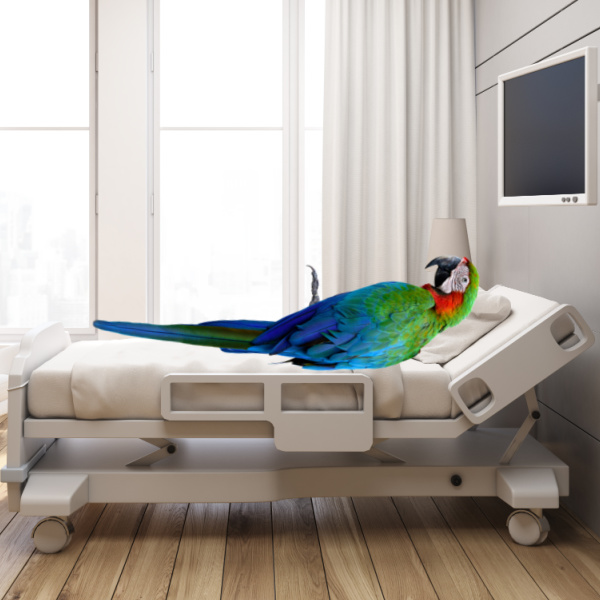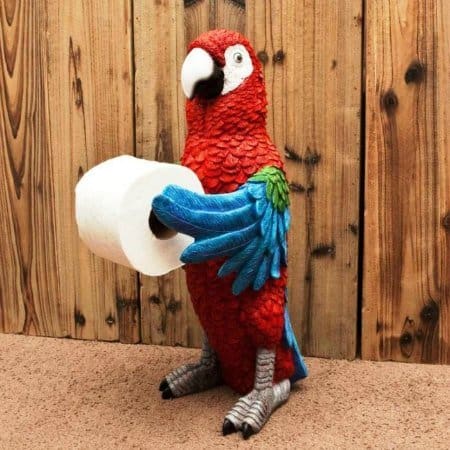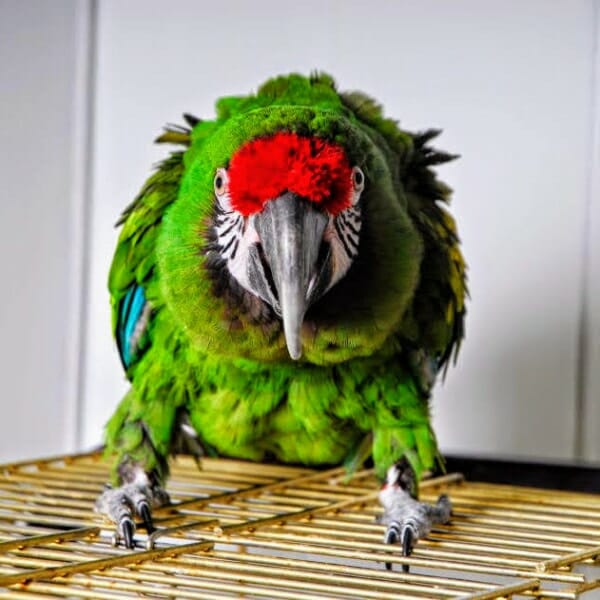
Humans Have Lots of Bird Advice – Don’t Get One, They’re Hard to Raise
The following content is from 3 inquiries we received that we thought would be helpful by sharing.
We have four zebra finches in an outdoor aviary, with three walls being the exterior of our house, and the fourth wall is wire mesh.
We are in San Diego, and our nights can drop down to 40-50 degree. We are planning to add plexiglass panels over the mesh at night, and we are trying to decide on a heat source.
